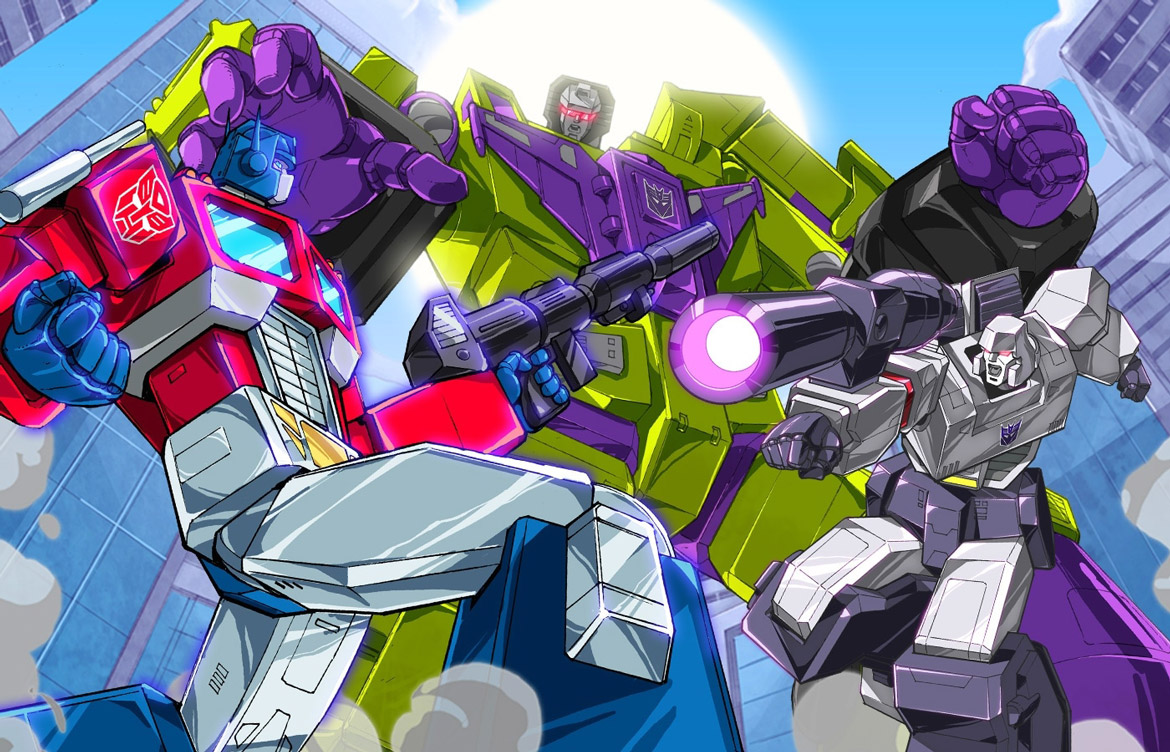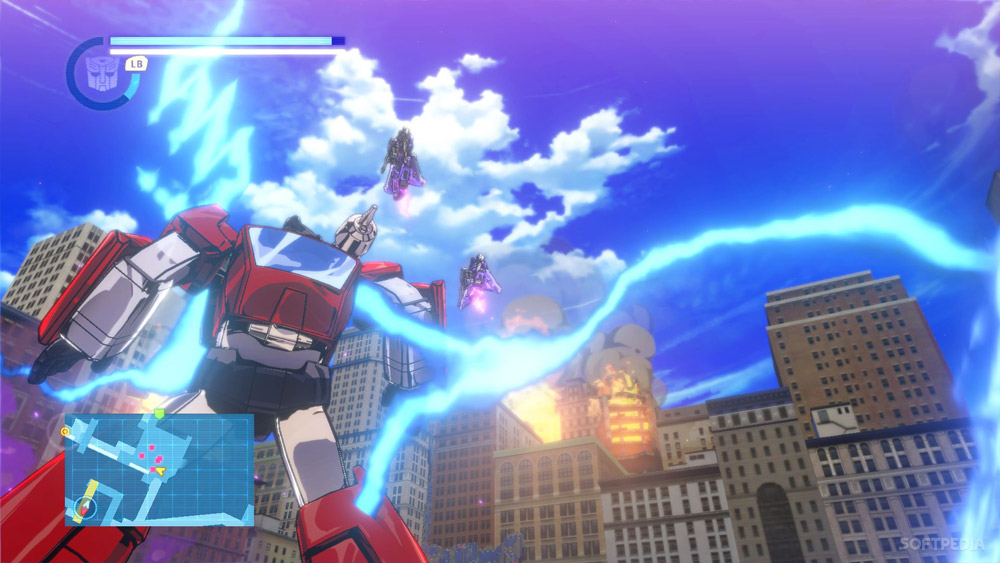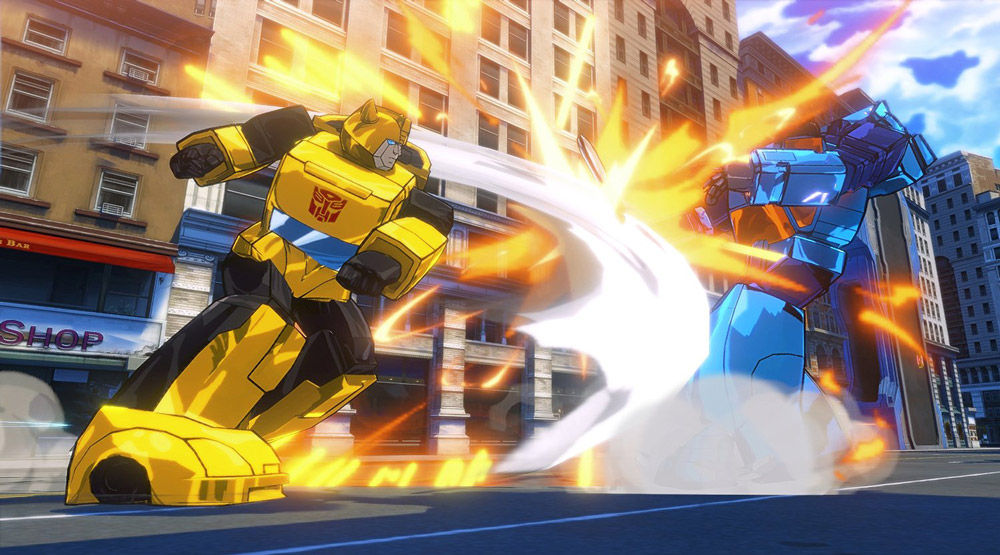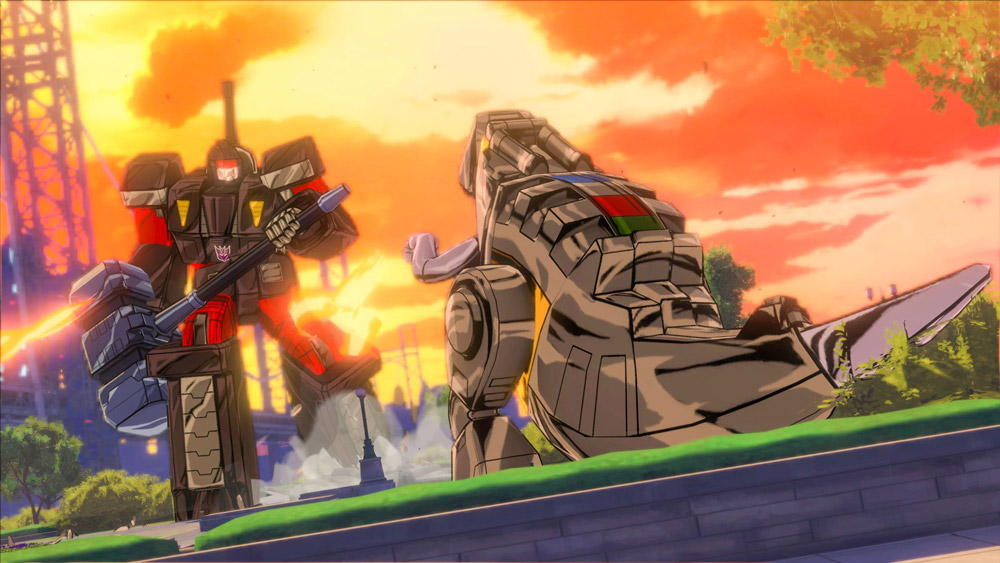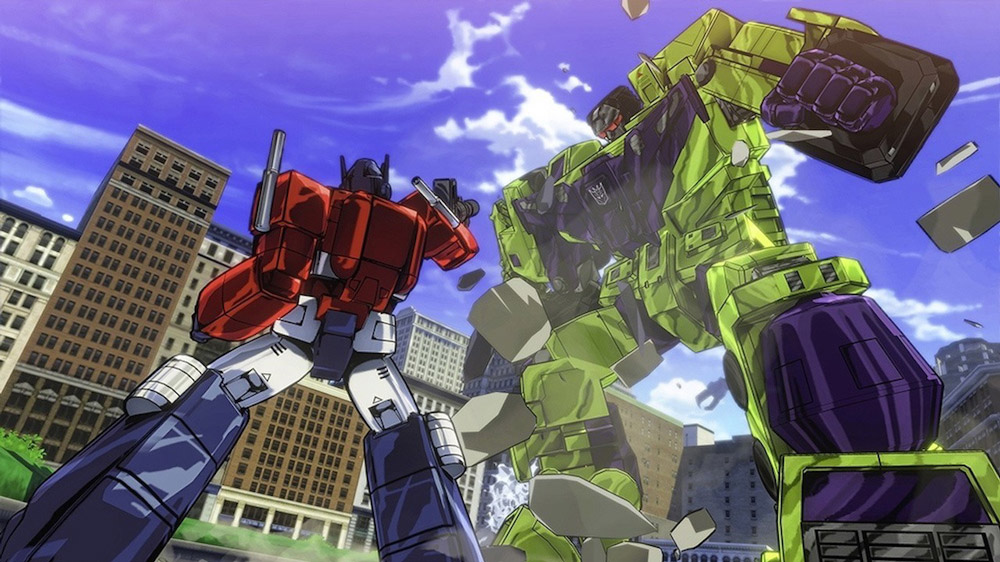TL;DR
Remember the good ol' days of simpler, gameplay-focused games? Transformers: Devastation tries to recapture that magic by channeling the beloved 1980s animated series. Developed by Platinum Games, known for titles like Devil May Cry and Bayonetta, it delivers fast-paced, stylish third-person combat with seamless vehicle transformations and satisfying blocking mechanics. Visually, it's a stunning tribute to the original cartoon, boasting a smooth frame rate and authentic sound effects. While the music can be hit-or-miss and the checkpoints a tad unforgiving, the core gameplay is incredibly fun and addictive, offering plenty to unlock and master. If you're a fan of the Transformers or just craving some high-octane action, this is a must-play. Discover if it truly lives up to its potential in our full review!
Similar to the fluctuating quality of Michael Bay’s movies, the Transformers game franchise has experienced its own peaks and valleys across various iterations. Can Transformers: Devastation on current generation consoles reverse this trend, and if so, how effectively?
While not all readers may recall the 1980s firsthand, it was a formative decade for many, characterized by a perceived simplicity and a less overtly cynical approach to storytelling. Prevalent irony and post-modern darkness were not as widespread in narrative as they are today. Games relied less on extensive production values and more on core playability. A title like Super Mario Bros., for example, retains a cult following and remains playable even today in unofficial flash/browser versions. Its appeal stems not from graphical fidelity or complex sound design, but from engaging gameplay.
Transformers held a significant place in many childhoods, making the franchise’s current status somewhat surprising. The narrative centers on robots from the planet Cybertron, divided into the Autobots (the protagonists, primarily transforming into vehicles) and the Decepticons (the antagonists, transforming into aircraft and weaponry), who clash on Earth. Led by the iconic Optimus Prime, they battle against the Decepticons and their leader, Megatron. While the Transformers’ storyline may not be characterized by extreme narrative depth, the original animated series boasted high-quality, hand-drawn Japanese animation. Available on streaming platforms, the animated series continues to resonate with audiences, showcasing a surprisingly human drama and the introduction of subsequent generations of Transformers.
Michael Bay’s film adaptations represent the franchise for mainstream audiences, though some perceive them as failing to capture the essence of the animated series. While moments in Transformers 3: Dark of The Moon were entertaining, subsequent installments have arguably missed the mark. Activision‘s Transformers: Devastation attempts to address this, enlisting the expertise of Platinum Games to create an action game that emulates the animated series’ aesthetic and feel.
In Devastation, Megatron and his Decepticon cohorts – including Starscream, Soundwave, and Devastator – plot to rebuild Cybertron on Earth, necessitating the displacement of humanity. The Autobots – Optimus Prime, Sideswipe, and Bumblebee, among others – oppose this plan. Players initially control individual Autobots, eventually unlocking the ability to freely select characters. Transformers: Devastation aligns with Platinum Games’ established style, presenting a third-person action game with vehicular transformation elements. Players familiar with titles like Devil May Cry and Bayonetta 2 will find the gameplay intuitive. The core mechanics revolve around intense combat and mastering blocking/dodging using the R1 button. Successful timing triggers a slow-motion effect, providing a brief window for additional attacks. A novel feature in Transformers: Devastation is the ability to seamlessly integrate vehicle transformations into attack combos, executing a finishing move upon successful timing. Each robot also possesses a unique special attack, requiring a cooldown period between uses. Players can collect power-ups, energy, ammunition, and new weapons, which can be upgraded and combined within the Autobots’ base, the “Ark.”
The game’s visuals are impressive, capturing the aesthetic of the 1980s animated series with meticulous detail, while incorporating contemporary lighting and explosion effects. The frame rate generally maintains a smooth 60 fps, with occasional dips during intense combat scenarios or when executing mega-combos on bosses in slow-motion. These minor fluctuations contribute to the game’s comic book-like presentation and do not significantly detract from the experience. While some environments and details may repeat, the game’s stylistic presentation is a highlight within the Transformers franchise.
Sound design plays a crucial role. The voice acting, aiming to replicate the iconic voices (a challenge given the passage of time), and the sound effects are integral to the experience. Optimus Prime’s voice resonates with a familiar authority, while Bumblebee’s personality is instantly recognizable. Megatron’s voice is adequate, and Starscream’s is suitably grating. The transformation sound effects are accurately reproduced and complemented by the sounds of laser fire. However, the music is inconsistent. While some tracks are atmospheric and reminiscent of the series, intense battles are often accompanied by jarring j-pop that can be distracting.
Platinum Games excels in the action-beat’em-up genre, and tight controls are essential to the experience. The stable frame rate enhances the responsive and precise controls, which are easy to learn. Driving in vehicle form with boost can be slightly imprecise, but manageable. Mastering the timing to deliver precise attacks and counter enemy shields is rewarding.
The game’s checkpoint system can occasionally be unforgiving, requiring players to replay sections after a death, including bonus challenges. However, this is a minor issue. Transformers: Devastation encourages repeated play, with players aiming to overcome bosses or complete additional chapters. While the core gameplay loop is relatively consistent, the variety of Decepticon encounters, bonus challenges, and weapon crafting, combined with unlockable characters, contribute to an engaging experience. Fans of the 1980s animated series, as well as action game enthusiasts and followers of Platinum Games, should find Transformers: Devastation appealing due to its stylish presentation and intense gameplay. Despite its limited variety, the game is enjoyable.
